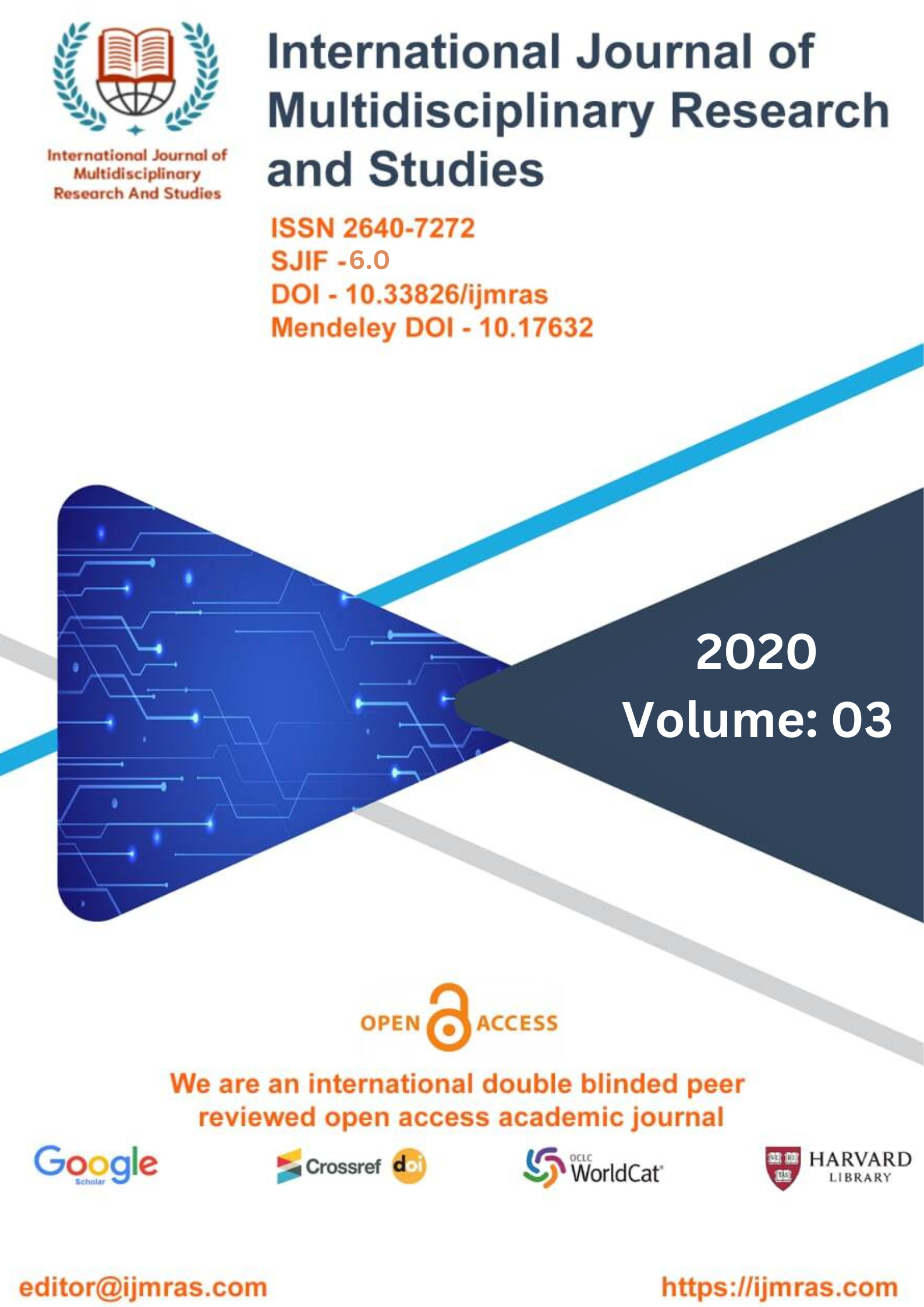A CASE STUDY OF UNORGANIZED SECTOR ENTERPRISES

Abstract
Not only does the unorganised sector make a significant contribution in terms of employment, but it also makes a significant contribution to the GDP of a country. Because there are not enough jobs available in the organised sector, many people choose to work in the unorganised sector instead. In developing nations, women are more likely than males to find work in the informal economy, which is a key source of income for many countries. According to the National Commission for Enterprise in the Unorganized Sector's Report on Condition of Work and Promotion of Livelihoods in the Unorganised Sector (August 2007), "The unorganised sector consists of all unincorporated private enterprises owned by individuals or households engaged in the sale and production of goods and services operated on a proprietary or Partnership basis and with less than ten total workers." [Citation needed] "The unorganised sector consists of all unincorporated private enterprises owned by individuals or households engaged in the sale and production of "The term unorganised worker has been defined under the unorganised workers social security Act 2008, as a homebased worker, self-employed worker or a wage worker in the unorganised sector and includes is not covered by any of the Acts mentioned in schedule – II of Act," stated the ministry of Labour and Employment Government of India (Annual Report 2017-18). The world we live in now still struggles with the issue of gender inequality, just as it has throughout all of history.
Keywords
Unorganized, EnterprisesHow to Cite
References
Agarwal, Manoj Kumar and Ram Chandra Dhakal (2010): “Informal Sector and Income Generation inNepal- A Case Study of Chitwan District”, The Indian Journal of Labour Economics, 53(2):267-284.
Banerjee, Abhijit V. and Esther Duflo (2011): Poor Economics – A Radical Rethinking of the Way to FightGlobalPoverty, (Noida: Random HouseIndia).
Bezbaruah,M.P.(2013):‚DevelopmentalandIdentity Aspirationsin North-EastIndia:Conflictsto Synergy‛,DialogueQuarterly,14(4):21-29.
Bhalla,Sheilla (2009):DefinitionandstatisticalIssuesRelatingtoWorkers inInformalEmployment,(National Commission for Enterprises in the Unorganised Sector, Government of India, NewDelhi).
Bhavani,T.A.andN.R.Bhanumurthy(2012):FinancialAccessinPost-reformIndia,(OxfordUniversityPress,NewDelhi).
BujarBaruah,Prasenjit(2012):“ImpactofMicro-financeonPoverty:AStudyofTwenty Self-HelpGroups inNalbariDistrict,Bihar”,JournalofRuralDevelopment,31(2):223-244.
BujarBaruah,Prasenjit (2016):Nature,GrowthandFinancialAccess ofUrbanUnorganisedEnterprises inBihar,(Unpublished)Ph.D.DissertationsubmittedtoGauhatiUniversity,Muzaffarpur.
Chakravorty, B.K. (2014): Rise of Non-farm Sector and Evolution of Rural Economy, (IQAC: Research,PublicationandPublicityCellofBhawanipurAnchalikCollege,Bihar).
Charmes, J. (1999): Gender and Informal Sector: Contribution to the World’s Women 2000: Trends andStatistics, (United Nations Statistics Division, Available athttp:/www.wiego.org/papers/Charmes2.doc).
Farazi, Subika (2014): Informal Firms and Financial Inclusion: Status and Determinants, Policy ResearchWorking Paper 6778, (The World Bank, Development Research Group, Finance and Private SectorDevelopmentTeam,February).
Goyal, Chandan (2013): An Investigation in to Financial Inclusion among the Rural Households in Bihar,(Unpublished)Ph.D.DissertationsubmittedtoGauhatiUniversity,Muzaffarpur.
Harris,JohnR.AndMichaelP.Todaro, (1970):“Migration, UnemploymentandDevelopment:A twoSectorAnalysis”,AmericanEconomicReview, 60(1):126-142.
Khaund, Smita (2002): Agricultural Investment and the Role of Financial Institutions: A study with specialreference to the Central Brahmaputra Valley Zone, (Unpublished) Ph. D. Dissertation submitted inGauhatiUniversity,Muzaffarpur.
License
Copyright (c) 2020 SACHIN KUMAR

This work is licensed under a Creative Commons Attribution 4.0 International License.
Individual articles are published Open Access under the Creative Commons Licence: CC-BY 4.0.



